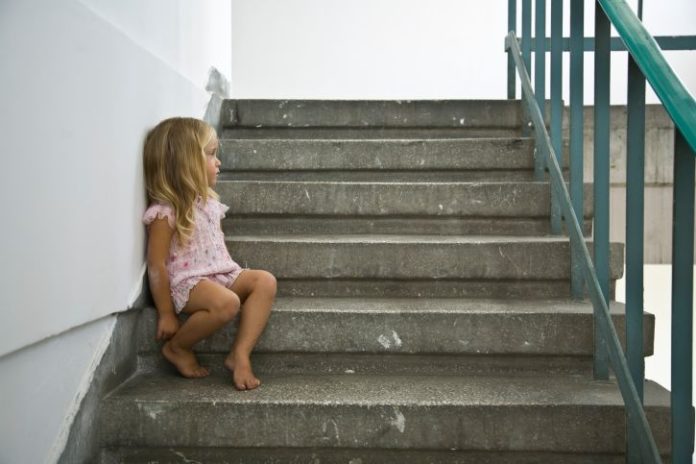Severe psychological and physical neglect produces measurable changes in children’s brains, finds a study led by Boston Children’s Hospital. But the study also suggests that positive interventions can partially reverse these changes.
Researchers led by Margaret Sheridan, PhD, and Charles Nelson, PhD, of the Labs of Cognitive Neuroscience at Boston Children’s Hospital, analysed brain MRI scans from Romanian children in the ongoing Bucharest Early Intervention Project (BEIP), which has transferred some children reared in orphanages into quality foster care homes.
Their findings, published in the Proceedings of the National Academy of Sciences (Early Edition, online the week of July 23), add to earlier studies by Nelson and colleagues showing cognitive impairment in institutionalised children, but also showing improvements when children are placed in good foster homes.
“Increasingly we are finding evidence that exposure to childhood adversity has a negative effect on brain development,” says Sheridan. “The implications are wide ranging, not just for institutionalised children but also for children exposed to abuse, abandonment, violence during war, extreme poverty and other adversities.”
Sheridan, Nelson and colleagues compared three groups of 8- to 11-year old children: 29 who had been reared in an institution, 25 who were selected at random to leave the institution for a high-quality foster care placement and 20 typically developing children who were never in an institution. The children in the middle group had been in foster care for 6 to 9 years.
- On MRI, children with histories of any institutional rearing had significantly smaller grey matter volumes in the cortex of the brain than never-institutionalised children, even if they had been placed in foster care.
- Children who remained in institutional care had significantly reduced white matter volume as compared with those never institutionalised.
- For children who had been placed in foster care, white matter volume was indistinguishable from that of children who were never institutionalised.
The researchers note that growth of the brain’s grey matter peaks during specific times in childhood, indicating sensitive periods when the environment can strongly influence brain development. White matter, which is necessary for forming connections in the brain, grows more slowly over time, possibly making it more malleable to foster care intervention.
“We found that white matter, which forms the “information superhighway” of the brain, shows some evidence of ‘catch up,’” says Sheridan. “These differences in brain structure appear to account for previously observed, but unexplained, differences in brain function.”
“Our cognitive studies suggest that there may be a sensitive period spanning the first two years of life within which the onset of foster care exerts a maximal effect on cognitive development, “Nelson notes. “The younger a child is when placed in foster care, the better the outcome.”
At least 8 million children worldwide live in institutional settings, according to UNICEF, exposing them to severe psychological and physical neglect. In most institutional settings, the ratio of caregivers to children is low (1:12 in these Romanian institutions) and the care highly regimented. Previous studies by Nelson and others have documented deficits in cognitive function, language and social functioning; an increase in stereotypies; markedly elevated rates of attention-deficit/hyperactivity disorder; difficulties with social functioning; and even premature cellular ageing.
The Romanian institutions are a legacy of the 1960s, when Romania’s Communist dictator Nicolae Ceausescu taxed all families that had fewer than five children. When families began having children they could not afford, Ceausescu built child placement centres. By 1989, when Ceausescu’s government fell, more than 170,000 Romanian children were living in state-run institutions.
By the time BEIP was begun in 2000, the Romanian government had begun reuniting children with their birth families, cutting Romania’s institutionalised population in half. Spurred by BEIP findings, the government has banned institutionalisation for children younger than 2, unless they are profoundly handicapped; they have also started a network of foster care families.
Source: Boston Children’s Hospital











